Probiotic foods are quite popular for a very good reason. Probiotics are the healthy bacteria that normally reside in your gut. They are highly beneficial to our health and are best when served within their natural habitat (in other words with the foods they like to eat and can grow from).
This cheesecake, aside from being creamy, healthy and dairy free, is quite possibly one of the healthiest desserts around!
To make it cashews are cultured with probiotics (much like yogurt) and since it is not cooked the probiotics remain active. A luscious probiotic sour “cream” made from coconut milk is added to the top. As always it is sugar free and low in carbs.
I added a quick blackberry topping to give it some color and decadence. Try topping it with your favorite berry!
More delicious recipes in my book, Sweet Synergy!
- Serving size: 1
- Calories: 150
- Fat: 12.2g
- Carbohydrates: 8.6g
- Fiber: 3.2g
- Protein: 3.3g
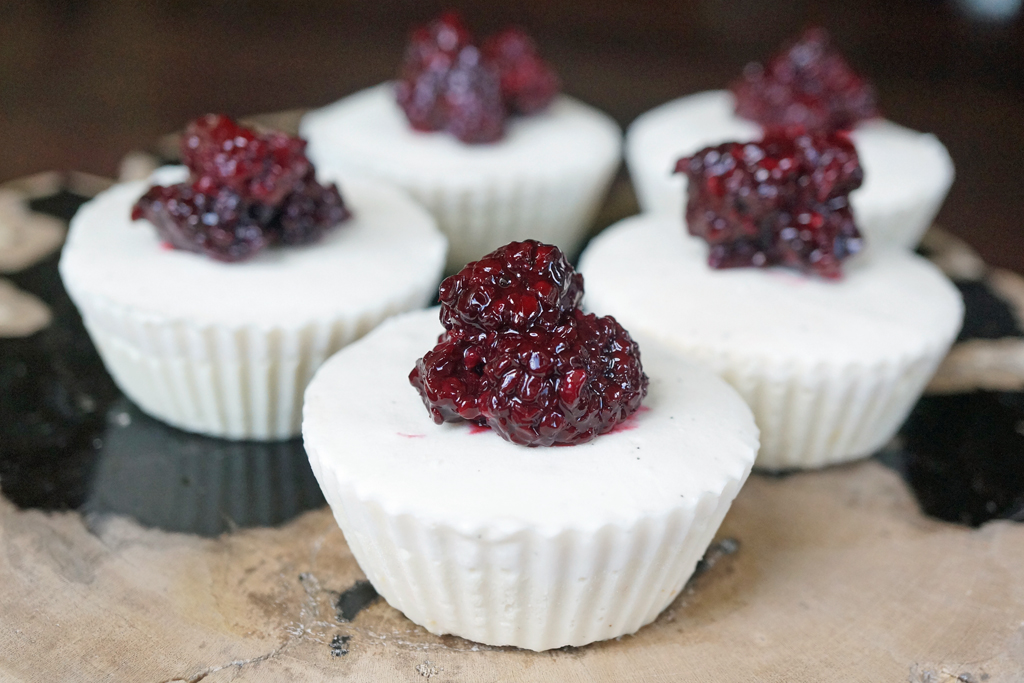
- Cheesecake Filling:
- 2 cups raw cashews
- 2 probiotic capsules (or ¼ cup unsweetened coconut yogurt or whey from milk or coconut kefir)
- 2 tbsp coconut oil
- 1 lemon (zested and juiced, 2 tsp zest and 2 tbsp juice)
- 2 tbsp xylitol, powdered
- 2 pinches pure powdered stevia
- 2 tbsp unsweetened coconut milk or water
- 1 tsp gelatin
- 2-3 drops lemon essential oil (optional)
- Cheesecake Topping:
- 14oz can of unsweetened coconut milk or cream
- 2 probiotic capsules (or ¼ cup unsweetened coconut yogurt or whey from milk or coconut kefir)
- 2 tbps xylitol, powdered
- 1 pinch pure powdered stevia
- 2 tsp vanilla extract
- 2 tbsp unsweetened coconut milk or water
- 1 tsp gelatin
- Filling:
- Soak nuts overnight or for at least 8 hours and as much as 24 hours in a large bowl with filtered water. Drain and place in a blender with the coconut oil.
- Blend until the cashews become a very fine paste adding water a tablespoon at a time if necessary to create a very smooth and thick mixture.
- Break open the probiotic capsules (or add the other options) and add to the nut mixture. Blend for 1-3 pulses until combined.
- Pour mixture into a bowl, cover loosely with a clean kitchen towel or clean paper towel and place in a dark area in your kitchen (I place mine in a cabinet so it won’t be disturbed and won’t be affected by light). Allow the probiotic cashew mixture to sit undisturbed for 24-48 hours. Test after 24 hours to see if it is sour enough for your taste. Place in the refrigerator in a container with a tight fitting lid.
- After both the filling and topping (below) have been cultured (either before or after refrigeration) stir the lemon zest, lemon juice, xylitol and stevia (add lemon essential oil now too if using) into the cheesecake filling. Set aside.
- Place the coconut milk into a small microwavable bowl and sprinkle the gelatin over the top; allow to rehydrate for 2-3 minutes then microwave for 10-15 seconds until all the gelatin has melted and appears clear (do not boil). Add 2-3 tbsp of the cheesecake filling to the bowl of gelatin and stir until blended then blend that into the rest of the filling. Set aside.
- Topping
- Heat the coconut milk to 115°F, remove from heat and set aside to cool down to 100°F.
- Once the milk has reached 100°F, break open the probiotic capsules and sprinkle them onto the warm milk. Whisk until uniform. Pour mixture into the container of your yogurt maker or pour into a container with a cover (not airtight) and set in a warm location in your kitchen (an oven with the oven light on works fine) for 18-24 hours.
- After the coconut milk has cultured, place into a container and blend in the xylitol, stevia and vanilla until smooth. Set aside.
- Place the coconut milk into a small microwavable bowl and sprinkle the gelatin over the top; allow to rehydrate for 2-3 minutes then microwave for 10-15 seconds until all the gelatin has melted and appears clear (do not boil). Add 2-3 tbsp of the cheesecake topping to the bowl of gelatin and stir until blended then blend that into the rest of the topping. Set aside.
- Putting It All Together:
- At this point both the filling and topping are cultured and all the ingredients have been added for both. Placing them in the refrigerator at this point will produce thickened filling and topping – it will set the gelatin. Both the filling and topping can be made up to a week in advance and stored in the refrigerator for optimal flavor and sour taste as long as they are made without the gelatin. The gelatin can be added just before assembling.
- Prepare a sheet pan with 14 silicon regular muffin cups (alternatively paper cups can be used in a muffin tin). Using a 3 tbsp scoop, scoop 3 tbsp filling into each muffin cup and then top with 1 tbsp of topping (you will have extra topping, use it to make a sugar-free granola parfait with berries – it’s delicious!) Place the sheet pan in the refrigerator for at least 8 hours for the gelatin the fully set. When you plan to serve them, pop them in the freezer for an hour so they are easier to remove from the silicon or paper. Makes 14 regular muffin-sized cheesecakes or 1-9-inch cheesecake (in a spring-form pan; use all of the filling and 1 cup of the topping). Keep leftovers in a tightly sealed container in the refrigerator for up to 1 week or in the freezer for up to 1 month.
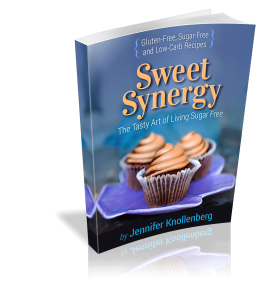 More delicious recipes in my book, Sweet Synergy!
More delicious recipes in my book, Sweet Synergy!
 More delicious recipes in my book, Sweet Synergy!
More delicious recipes in my book, Sweet Synergy!
More delicious recipes in my book, Sweet Synergy!

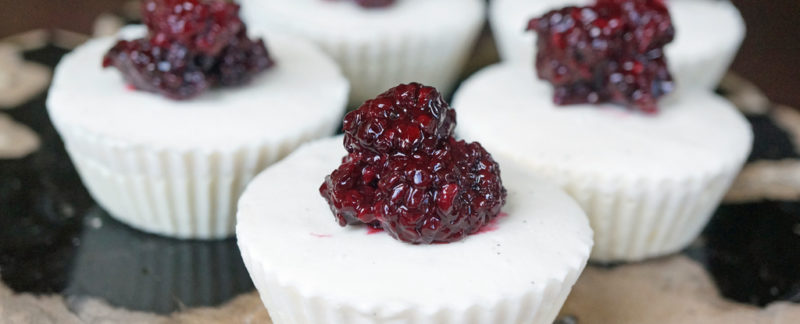
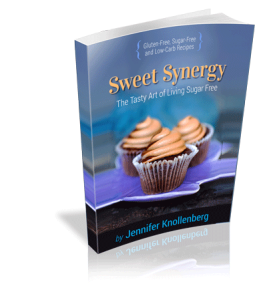
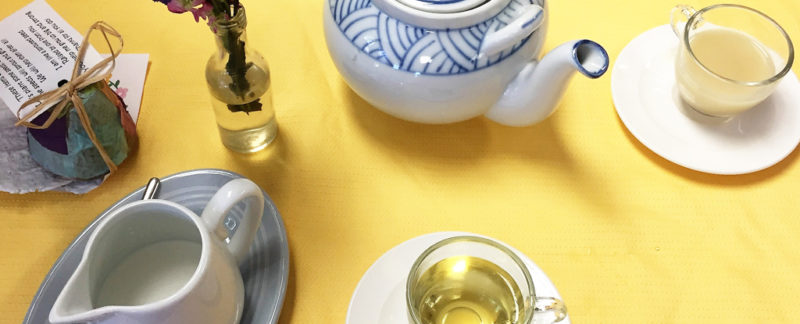
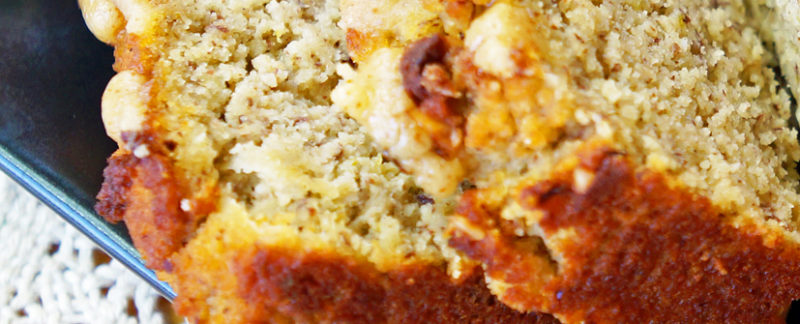
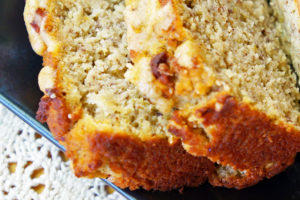
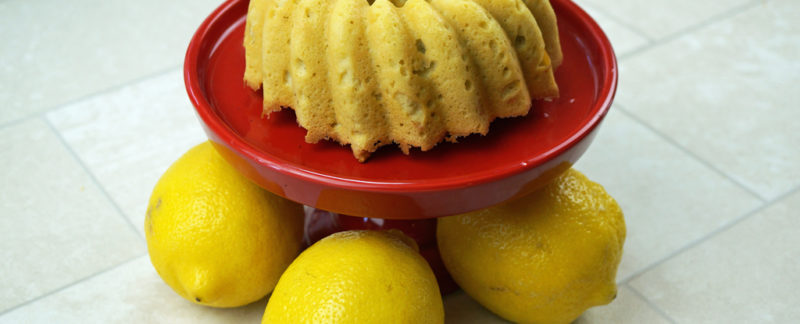
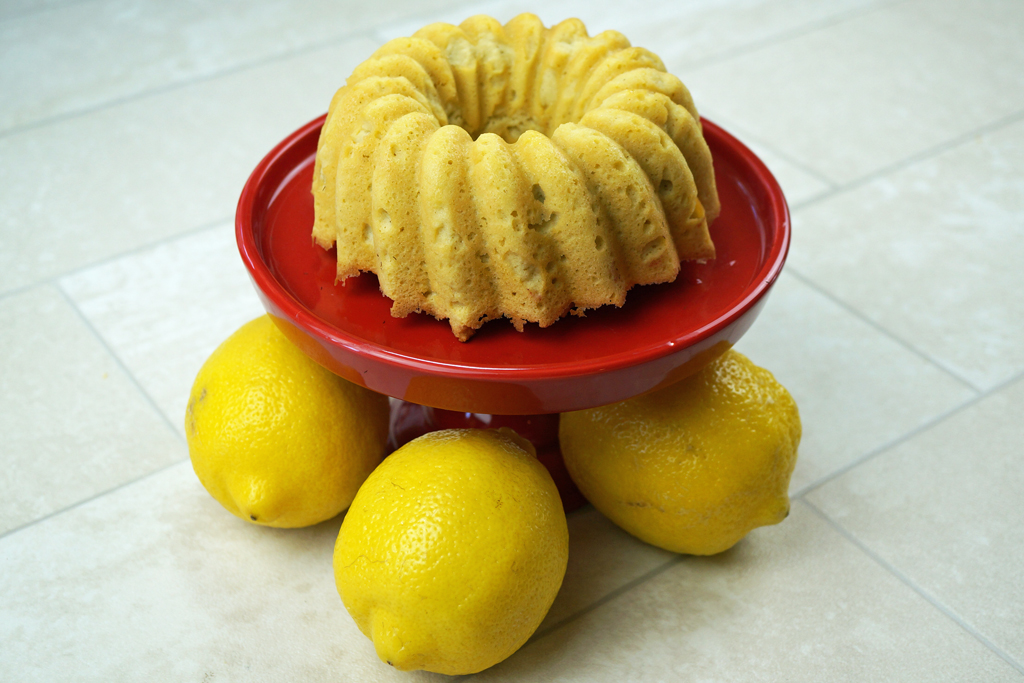
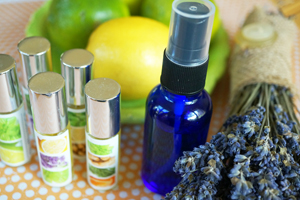
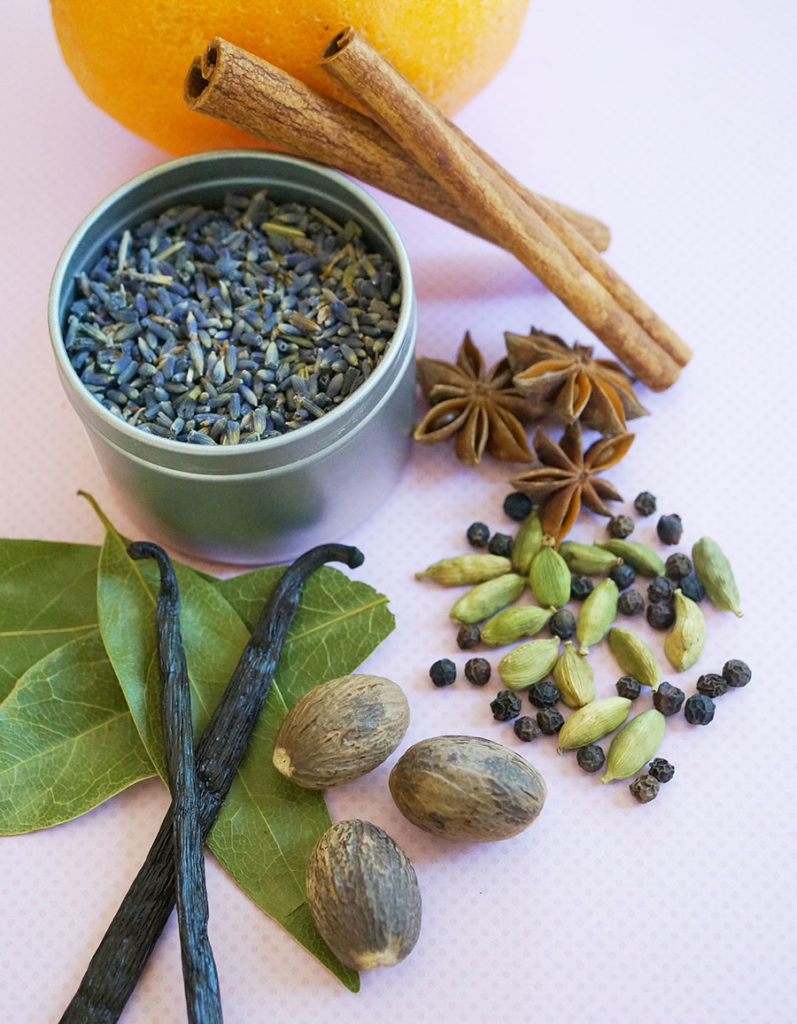 Essential oils are perfect in so many ways but for me as a chef they offer the added benefit of PURE SUPER FLAVOR without sugar or other blood glucose impacting carbohydrates. They simply add so much flavor to your food that your taste buds will be thrilled!
Essential oils are perfect in so many ways but for me as a chef they offer the added benefit of PURE SUPER FLAVOR without sugar or other blood glucose impacting carbohydrates. They simply add so much flavor to your food that your taste buds will be thrilled!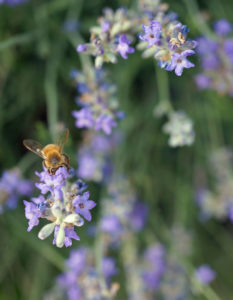 Quality of essential oils for consumption is of utmost importance. They must be therapeutic grade and have a supplement fact label on the bottle. There are no exceptions. Do not consider buying an essential oil for consumption unless both of those criteria have been met.
Quality of essential oils for consumption is of utmost importance. They must be therapeutic grade and have a supplement fact label on the bottle. There are no exceptions. Do not consider buying an essential oil for consumption unless both of those criteria have been met.
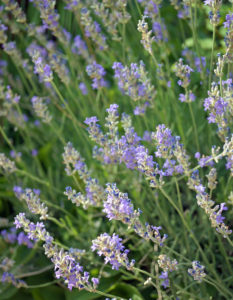 If you have a known sensitivity to a specific plant – do not assume that it is safe or that symptoms will not occur when consuming the same plant as an essential oil. Lavender is a good example. Some people are sensitive to lavender plants. Lavender essential oil is 50-100 times a concentrated as a single stalk of it in your garden. Test any only you are suspicious of by inhaling from an open bottle. If any irritation is noticed it is recommended that you do not use the oil externally or internally. Also keep in mind the smell of any essential oil will be very strong due to its intense concentration. The good news is that you only need 1-2 drops and sometimes only a toothpick dip of the oil when cooking so they will be quite diluted in foods.
If you have a known sensitivity to a specific plant – do not assume that it is safe or that symptoms will not occur when consuming the same plant as an essential oil. Lavender is a good example. Some people are sensitive to lavender plants. Lavender essential oil is 50-100 times a concentrated as a single stalk of it in your garden. Test any only you are suspicious of by inhaling from an open bottle. If any irritation is noticed it is recommended that you do not use the oil externally or internally. Also keep in mind the smell of any essential oil will be very strong due to its intense concentration. The good news is that you only need 1-2 drops and sometimes only a toothpick dip of the oil when cooking so they will be quite diluted in foods.